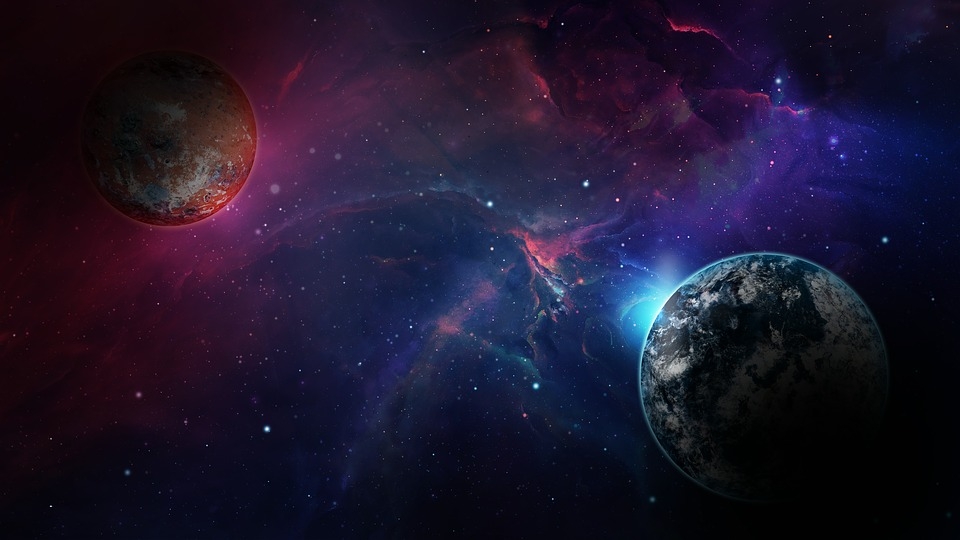Astronomers have studied the inner workings of stars for a long time, and many technological breakthroughs have allowed for further understanding of how these stars thrive or manage to exist in the universe. Recently, scientists were able to learn what happens within the stars in the Milky Way.
Express reports that researchers from the University of Sydney analyzed data from NASA’s Transiting Exoplanet Survey Satellite or TESS to study the pulsations of the stars in space. The agency also provided the group with brightness measurements of the thousands of stars. They were able to find 60 pulsating Scuti stars with more definitive pulsations compared to before when they struggled with understanding the patterns of these pulsating stars.
According to the study’s lead author Professor Tim Bedding, “Now we can detect structure, more like listening to nice chords being played on the piano. This definitive identification of pulsation modes opens up a new way by which we can determine the masses, ages, and internal structures of these stars.”
The 60 pulsating Scuti stars that the team detected were located around 60 to 1,400 light-years away from Earth. These stars produced significantly high pulsation modes, and through NASA’s measurements and information, the team was able to detect them and listen to them properly.
UCLan Asteroseismology Research Associate Dr. Holdsworth said that the findings have now provided scientists with a new way to analyze and understand Scuti stars. Dr. Holdsworth explained that it was initially a challenge trying to understand the pulsation patterns of these types of stars; the findings will provide a new technique in future studies.
In other related news, the agency’s Hubble Space Telescope was able to capture an image of the galaxy NGC 3583 that has been illuminated by two supernovas that previously occurred.
The galaxy is found 98 million light-years away from Earth, however, the two supernova explosions that occurred within it; the first being in 1975 and the latest in 2015, could already be seen from Earth. However, these two explosions were a result of processes that are different from the usual supernova explosion. The supernova explosions were set off in two binary star systems, the white dwarf star orbiting another star, consuming its material in the process until it reached the maximum mass.



 How do airplanes fly? An aerospace engineer explains the physics of flight
How do airplanes fly? An aerospace engineer explains the physics of flight  Tatahouine: 'Star Wars meteorite' sheds light on the early Solar System
Tatahouine: 'Star Wars meteorite' sheds light on the early Solar System  The mystery of consciousness shows there may be a limit to what science alone can achieve
The mystery of consciousness shows there may be a limit to what science alone can achieve  Alpha, beta, theta: what are brain states and brain waves? And can we control them?
Alpha, beta, theta: what are brain states and brain waves? And can we control them?  Six space missions to look forward to in 2024
Six space missions to look forward to in 2024  Why is the universe ripping itself apart? A new study of exploding stars shows dark energy may be more complicated than we thought
Why is the universe ripping itself apart? A new study of exploding stars shows dark energy may be more complicated than we thought  Why now is the time to address humanity’s impact on the moon
Why now is the time to address humanity’s impact on the moon  Eggs from men, sperm from women: how stem cell science may change how we reproduce
Eggs from men, sperm from women: how stem cell science may change how we reproduce  Spacesuits need a major upgrade for the next phase of exploration
Spacesuits need a major upgrade for the next phase of exploration  Archeoastronomy uses the rare times and places of previous total solar eclipses to help us measure history
Archeoastronomy uses the rare times and places of previous total solar eclipses to help us measure history  Synthetic human embryos let researchers study early development while sidestepping ethical and logistical hurdles
Synthetic human embryos let researchers study early development while sidestepping ethical and logistical hurdles  The brain is the most complicated object in the universe. This is the story of scientists’ quest to decode it – and read people’s minds
The brain is the most complicated object in the universe. This is the story of scientists’ quest to decode it – and read people’s minds  Customizing mRNA is easy, and that's what makes it the next frontier for personalized medicine − a molecular biologist explains
Customizing mRNA is easy, and that's what makes it the next frontier for personalized medicine − a molecular biologist explains 































